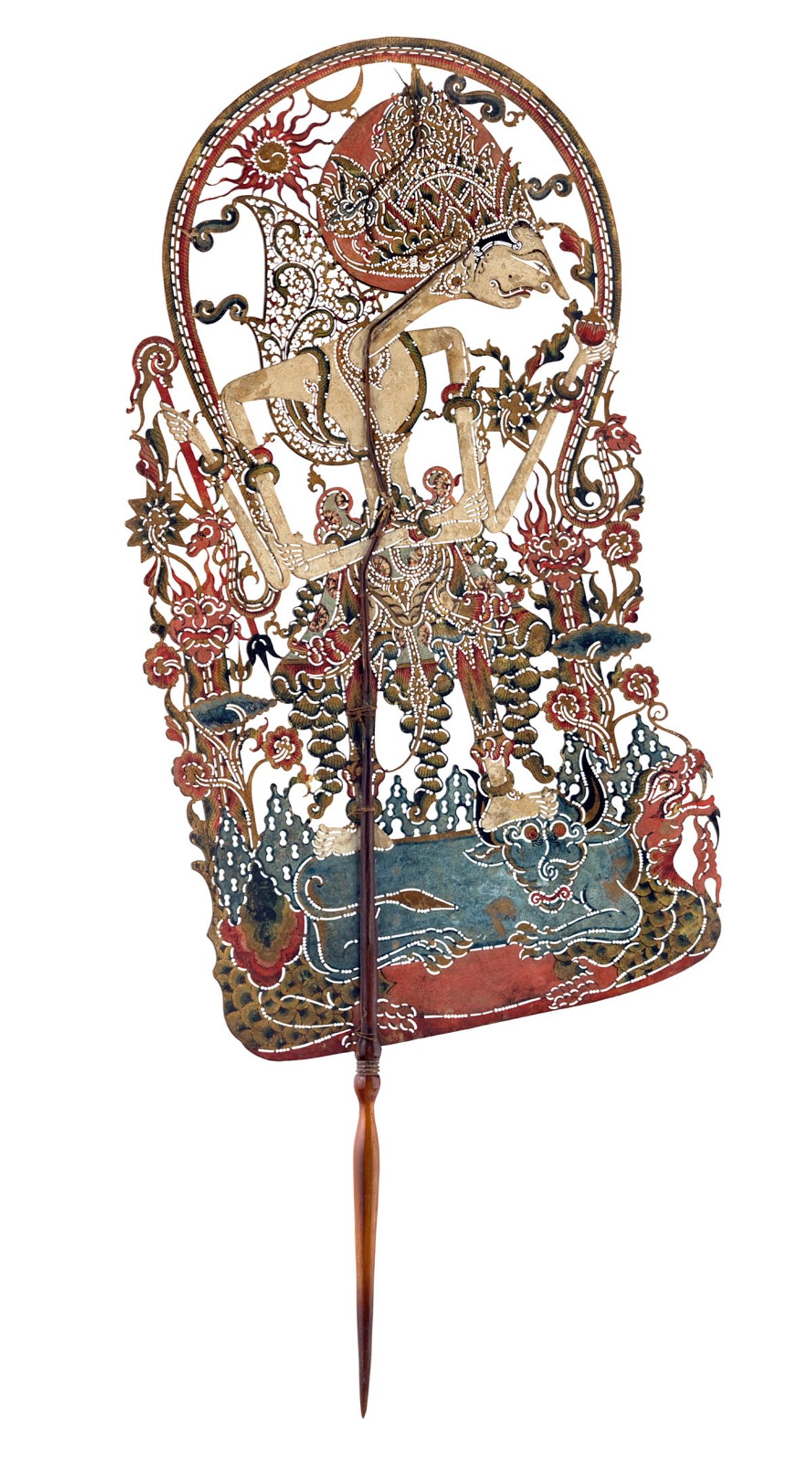When in 2015 Saudi Arabia experienced a snowfall, people started making snowmen and even snow camels. But the extremist form of Islam bans figural imagery and a leading cleric spoiled the fun by issuing a ruling against the snow creatures. The problem soon literally melted away, but it remains as part of the complex tissue of arguments on the subject of figural representation, which has bedevilled Islam for centuries.
Discussions on figural art arise because no matter how stringently moralists interpret the Qu’ran, which actually has very few guidelines on the subject of forbidding the representation of living creatures, human beings have stubbornly continued to enjoy themselves making and looking at figural depictions.
The essays in this collection, sensitively edited by Christiane Gruber, examine the subject by covering an unusual span of creativity and reception, ranging from the pre-Islamic world to our emoticons. There are three sections: “Pre-Modern Islam”, “Beyond the Islamic World”, and “Modern and Contemporary Islam”. The first gives an overview of the intensely figural and representational cultures into which Islam emerged, distinguishing itself from the start as an intellectual theology by its rejection of the material world. Although the prohibition against depiction has always been respected within mosques and the pages of Qu’rans, it can be argued that this has led to highly sophisticated forms of abstract art and to an emphasis on calligraphy as a high art form. But what constitutes figural depiction? Facial features, three-dimensional work, animals, birds? And what nature of destruction, as well as mere avoidance, has resulted from religious belief?
The image question was debated outside Islam. Alicia Walker’s contribution on Christian Byzantium and Steven Fine’s on Judaism explain arguments that came to differing conclusions, figural work being persistently present in the visual worlds of both religions. Fine’s contribution is particularly valuable as a corrective to the traditional view of Judaism as a “religion without art”.
Finbarr Barry Flood has a highly original contribution, infused with the subtlety one might expect of this observant and thoughtful historian, concerning “damnatio memoriae”, a practice which he identifies in Islam as well as in the classical world. As in the ancient world, it was largely a political matter, where one dynasty might eliminate the epigraphic statements of another. Flood brings his discussion into the modern sphere, noting that President Mubarak’s name was removed from public places after his overthrow.
Generous space is given to “Modern and Contemporary Islam”, and Yousef Saeed’s study of the subcontinent describes the “bazaar” art of poster and calendars pioneered by the Hindu artist Raja Ravi Varma. Saeed examines the “naturalistic” portraiture of both Hindu and Muslim religious art, noting that Hindu posters, unlike those in Islam, were intended for devotional purposes.
Taking us beyond our comfort zones is Allen and Mary Nooter Roberts’ work on hagiography in urban Senegal and the introduction of photography there, which they describe as “colonisation by camera”. Photography also features in Rose Issa’s moving contribution on religious enforcement and art as a counterweight to it. In a powerful argument, she sees the role of art, especially photography, as challenging and commenting on repression.
It would be a valuable brain-stretching exercise for most Islamic historians to encounter James Bennet’s study of Javanese shadow-puppets, but some interesting points are not followed up. For example, that part of the audience was not seeing the beautiful puppets themselves but their shadows: men sat on the puppeteers’ side, women watched the shadows. What world for women does that conjure?
This is a wide-ranging, somewhat scattered collection, asking some difficult questions. The essays and their very comprehensive bibliographies can take us in new directions, but some references, as with the puppeteers’ audience, are all too fleeting. I’d have liked more on the snowmen. A snow-art historian might note that the creators were Bedouin nomads, so it would be interesting to ask whether they had ever seen any depictions of snowmen, perhaps on TV or in photographs even in image-free Saudi Arabia, or whether the snow sculptures arose out of some essential desire to create living figures. Perhaps human psychology should play a larger part in art history.
• Christiane Gruber, ed, The Image Debate: Figural Representation in Islam and Across the World, Gingko, 240pp, £60, $80 (hb)
• Jane Jakeman has a DPhil in Islamic art and architectural history from St John’s College, Oxford. She worked at the Bodleian and Ashmolean libraries, and was Librarian to the Oxford English Dictionary. She has a degree in English from the University of Birmingham, where her teachers included Malcolm Bradbury and David Lodge. She is also an author of crime fiction


